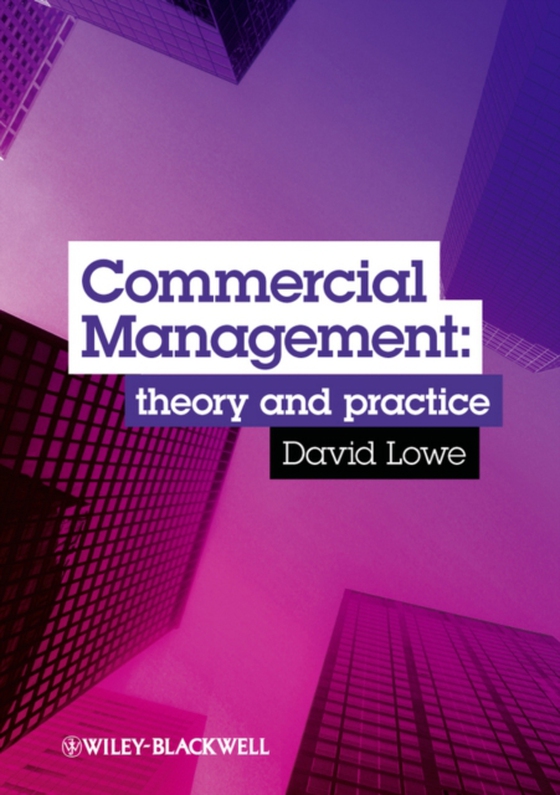
Commercial Management e-bog
591,74 DKK
(ekskl. moms 473,39 DKK)
Commercial Management: theory and practice defines the role of commercial management within project-oriented organisations, providing a framework for and helping to develop a critical understanding of the factors that influence commercial management practice. It also identifies generic aspects of this practice and provides a theoretical foundation to these activities, by reference to existing a...
E-bog
591,74 DKK
Forlag
Wiley-Blackwell
Udgivet
31 maj 2013
Genrer
Business and Management
Sprog
English
Format
epub
Beskyttelse
LCP
ISBN
9781118486122
Commercial Management: theory and practice defines the role of commercial management within project-oriented organisations, providing a framework for and helping to develop a critical understanding of the factors that influence commercial management practice. It also identifies generic aspects of this practice and provides a theoretical foundation to these activities, by reference to existing and emergent theories and concepts, as well as to relevant management best practice. The book is structured into four parts: Part 1 Introduction Commercial Management in Project Environments explores the nature of commercial practice within project-oriented organisations at the buyer-seller interface. It presents a Commercial Management framework, which illustrates the multiple interactions and connections between the purchaser s procurement cycle and a supplier s bidding and implementation cycles. Additionally, it outlines the principle activities undertaken by the commercial function, identifies the skills and abilities that support these activities and reviews the theories and concepts that underpin commercial practice. Finally, it identifies areas of commonality of practice with other functions found within project-oriented organisations, plus sources of potential conflict and misunderstanding. Part 2 Elements of Commercial Theory and Practice covers commercial leadership; exploring strategy; risk and uncertainty management; financial decision-making; and key legal issues. Part 3 Approaches to Commercial Practice addresses best practice management; and commercial and contracting strategies and tactics. Finally, Part 4 Case Studies offers two extended case studies: Football Stadia (the Millennium Stadium, Cardiff; the Emirates Stadium, Islington; and Wembley Stadium, London); and Heathrow Terminal 5. The book provides a one-stop-shop to the many topics that underpin commercial management practice from both a demand (buy-side) and a supply (sell-side) perspective. It will help develop an understanding of the issues influencing commercial management: leadership, strategy, risk, financial, legal, best practice management and commercial and contracting strategy and tactics. This book s companion website is at www.wiley.com/go/lowecommercialmanagement and offers invaluable resources for both students and lecturers: PowerPoint slides for lecturers on each chapter Sample exam questions for students to practice Weblinks to key journals and relevant professional bodies
 Dansk
Dansk

